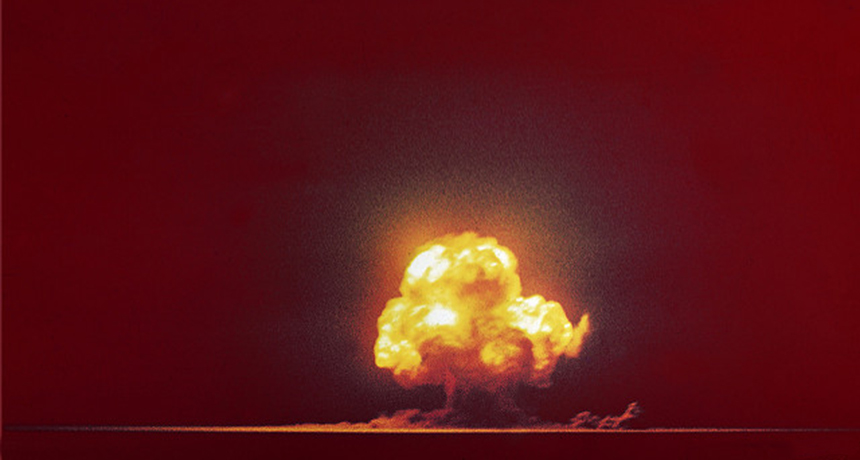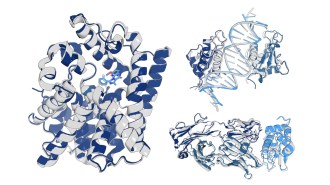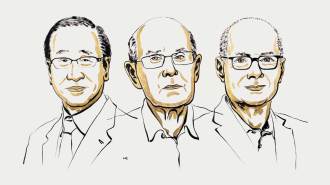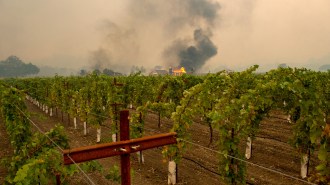Nuclear bomb debris can reveal blast size, even decades later
New fallout forensics technique measures elements formed from radioactive decay

FALLOUT FORENSICS A new technique allowed researchers to accurately estimate the energy release from the 1945 Trinity nuclear test in New Mexico (shown). The method could help regulators enforce nonproliferation treaties, the researchers say.
Jack W. Aeby/Los Alamos National Laboratory






